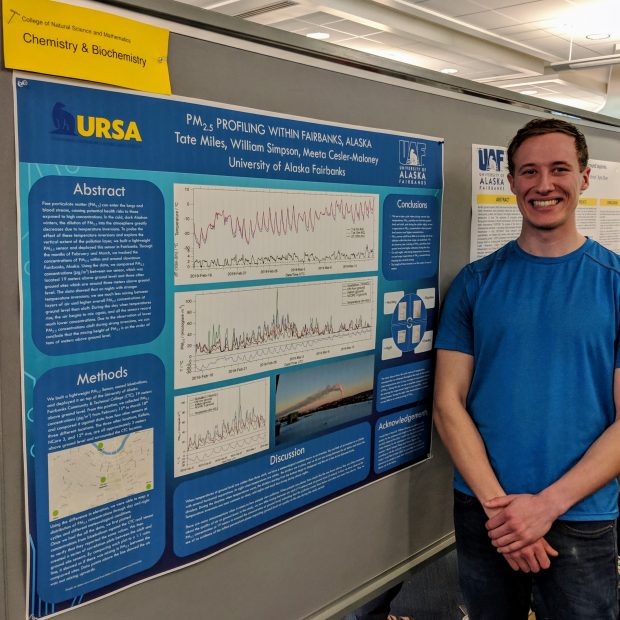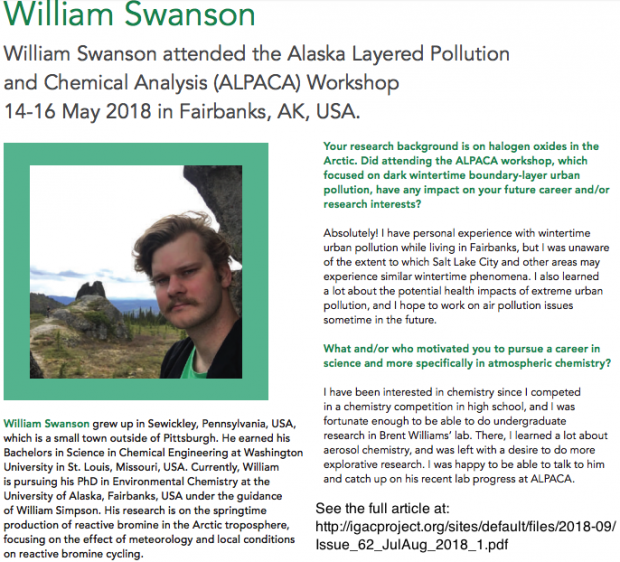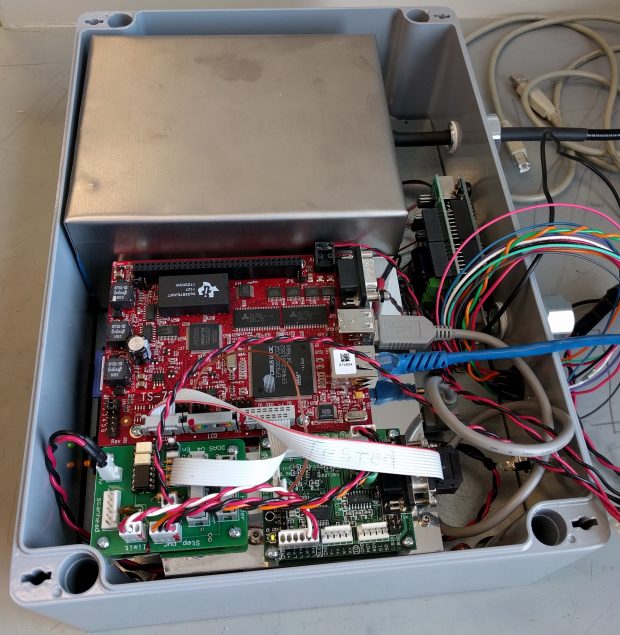Tate Miles, and Undergraduate Research and Scholarly Activities (URSA) fellowship student presented his work at the URSA Campus Research day. Way to go Tate!
Fieldwork
Will Swanson featured in IGAC news
The most recent International Global Atmospheric Chemistry (IGAC) newsletter featured graduate student Will Swanson in a profile and the ALPACA project in an article. Check it out on page 17.
Greenhouse gas measurements
We continue our AMIGGO campaign, where we are observing spatial gradients in greenhouse gases around Alaska. In earlier studies, we used two sites to determine upwind/downwind changes in CO2 and CH4 and infer intervening fluxes. This year, we are using three sites to measure these gases in a network ringing the Tanana River basin. Niki was observing in Nenana, we had an automated instrument in Fairbanks, and I was on a gravel bar at the Salcha River, where it was a beautiful day. Stay tuned for more AMIGGO reports.
AIM-North!
I’m very excited to be an international partner on a new Canadian Satellite project called AIM-North. This project uses two satellites an innovative “highly elliptic” orbit to achieve multiple measurement times per day above Canada and the Arctic in general. The figure below shows the fields of regard for the satellites highlighting excellent coverage of Arctic landmasses. The satellites would carry UV-Visible and Infrared spectrometers to image pollutants, aerosols, and greenhouse gas exchange over the Boreal forest. This project would revolutionize our understanding of the North. 
Read more about the project on the AIM-North website.
BROMEX ground based paper published
I guess that when it rains it pours, right after Justine’s paper, we got another paper published today. This paper shows horizontal and vertical structures of bromine monoxide near UtqiaÄ¡vik (formerly Barrow), Alaska from the 2012 NASA-funded BROMEX field campaign.
The paper investigates a period of lead opening (formation of a crack in the sea ice) and observes that convection associates with the newly open water vertically redistributes BrO (panel b), but has little effect on the total amount of BrO (panel a). The paper also is one of the first studies to use multiple MAX-DOAS instruments to determine local gradients in atmospheric gases. Read all about it.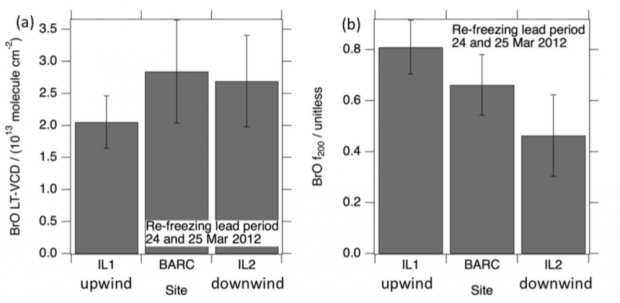
OCO-2 overpass observations
We got the new shelter for the EM27/Sun spectrometer operating and observed greenhouse gas amounts over Fairbanks while the OCO-2 satellite also observed our location in target mode. In this project, Niki Jacobs is working with NASA-JPL colleagues to compare these satellite observations to our ground-based observations. The new shelter for the instrument should make observations easier and thus allow more frequent data collection.
New DOAS instrument in testing
We are building a new MAX-DOAS instrument with active temperature control for the spectrometer. This is the innards of the new system. The spectrometer is in the thermal garage at the top and the electronics / computers are at the bottom. The temperature control is done with thermoelectric cooling / heating using an arduino micro controller and a H-bridge motor driver. It’s on the roof running now and should be in the field soon.
Great day to stare at the sun
Adios AMIGGOS
For the past two and a half months, we have been measuring greenhouse gases around Fairbanks in the AMIGGO campaign. This is Niki Jacob’s project, and we had great collaboration with Qiansi Tu and Harrison Parker in Fairbanks and Dubey, Frank, and Thomas from afar. It was great also to work with Greg Osterman of JPL, the OCO-2 validation team leader on making coincident observations of that satellite’s measurements with our ground-based observations. It has been great to get out and about in the area and watch the summer transition into fall. I leave you with a photo of Denali on the way down to the Nenana site today.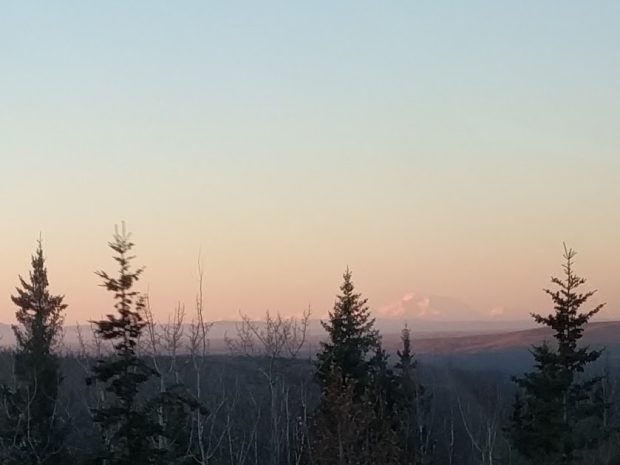
A good day, AMIGGOs
After one of the rainiest summers, we’ve gotten some clear skies, and on Monday, August 29, we were on the ground at Poker Flat for an OCO-2 satellite overpass. We were measuring greenhouse gases from the bottom up, and OCO-2 measures from space. This photo is from when OCO-2 was looking down on us.

